Wonders of Australia | Most Amazing Places in Australia | 4K Travel Guide
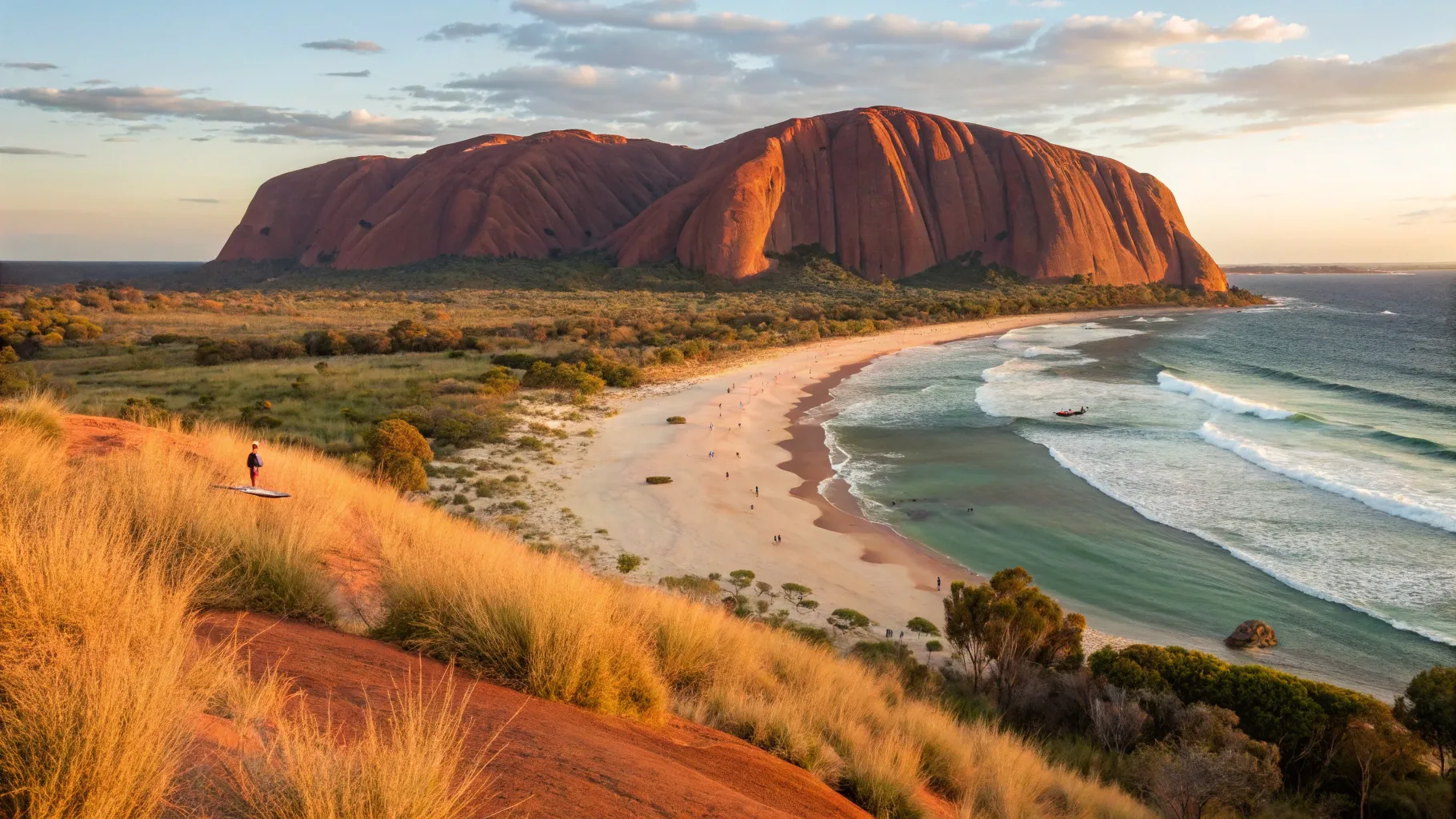

I will guide you through a cinematic journey across Australia: a land of paradisiacal beaches, ancient rainforests, sacred monoliths, and cities pulsing with culture. This article expands on the visual story and adds practical tips, local context, and travel advice so you can plan your own unforgettable Australian adventure.
Table of Contents
- 🔎 Quick Overview — What Makes Australia So Special
- 🏙️ Sydney — Iconic Architecture, Beaches, and Food
- 🌊 Great Barrier Reef — An Underwater Paradise
- 🪨 Uluru (Ayers Rock) — A Sacred Monolith in the Red Centre
- 🎨 Melbourne — Culture, Coffee, and Creativity
- 🌳 Daintree Rainforest — One of the Oldest Forests on Earth
- 🚗 Great Ocean Road — Scenic Drive & The Twelve Apostles
- 🌌 Outback & Coober Pedy — Underground Living and Opal Hunting
- ☀️ Perth & Rottnest Island — Sunshine, Beaches, and Quokkas
- 🖼️ Tasmania & MONA — Wild Landscapes and Provocative Art
- 🖤 Kakadu National Park — Ancient Rock Art & Biodiversity
- 🌆 Brisbane & South Bank — Culture, River Life, and Relaxation
- 🏖️ Gold Coast — Beaches, Surf, and Theme Park Fun
- 🦘 Kangaroo Island — Wildlife and Untouched Landscapes
- 🏛️ Canberra — Australia’s Planned Capital
- 🍷 Margaret River — Wine, Waves, and Produce
- 🌅 Darwin & The Top End — Tropical Flavors and Markets
- 📸 Putting It All Together — Sample 2-Week Australia Itinerary
- 🧭 Practical Planning Guide — Visas, Driving, Safety, and Money
- 🧳 What to Pack — Essentials for an Australian Adventure
- 💬 Respectful Travel — Culture, Indigenous Heritage & Environment
- 🛎️ Booking & Money-Saving Tips
- 🧾 Local Customs & Useful Phrases
- 📚 Further Reading & Resources
- ❓ FAQ — Your Most Asked Questions About Visiting Australia
- 🧭 Final Words — Why Australia Should Be on Your Bucket List
🔎 Quick Overview — What Makes Australia So Special
- Key facts and figures: Population: approximately 25 million people. Wildlife trivia: there are more kangaroos than people in Australia (a favorite statistic among travelers). Quality of life: Australia ranks highly on the Human Development Index and is known for excellent public services and outdoor lifestyles. Geography: a whole continent surrounded by the Indian and Pacific Oceans, boasting ecosystems from tropical rainforests to vast deserts. Surprising notes: Australia has more than 10,000 species of spiders and is the world’s largest exporter of medicinal opium. Australians also spend on average about USD 1,000 per person per year on gambling—an unexpected cultural detail.
- Why this guide matters: Places covered: Sydney, Great Barrier Reef, Uluru, Melbourne, Daintree Rainforest, Great Ocean Road, Outback (Coober Pedy), Perth & Rottnest Island, Tasmania (MONA + wilderness), Kakadu, Brisbane, Gold Coast, Kangaroo Island, Canberra, Margaret River, Darwin. Each section combines the cinematic highlights with actionable tips, best seasons, and cultural takeaways.

🏙️ Sydney — Iconic Architecture, Beaches, and Food
- Highlights: Sydney Opera House — one of the world’s most recognizable architectural masterpieces; a hub for concerts, theater, and modern Australian culture. Harbour Bridge — iconic skyline vantage point with the option to climb the bridge for panoramic views (book ahead; it's weather dependent). Bondi Beach — surf culture, coastal walks (Bondi to Coogee), and people-watching. Perfect to experience an Australian beach postcard moment. Manly Beach — calmer waves and a scenic ferry ride across the harbour, which itself is a leisure experience with outstanding skyline views.
- Food & culture: Sydney’s gastronomy reflects multiculturalism: sushi, Thai, Lebanese, modern Australian—great place for adventurous eaters. Darling Harbour and Sydney Fish Market: seafood lovers should not miss the Fish Market—the freshest catch and lively atmosphere.
- Practical tips: Best time: spring (Sep–Nov) and autumn (Mar–May) for mild weather and fewer crowds. Transport: efficient public transit (trains + ferries). Use an Opal card for easy travel. Must-pack: sunscreen, hat, comfortable walking shoes for harbour foreshore walks, and a swimsuit. Safety: beaches have lifeguards; always swim between the red and yellow flags.
- Suggested itinerary (1–2 days): Morning: Walk around Circular Quay and take photos at the Opera House. Midday: Lunch at the Fish Market or Darling Harbour. Afternoon: Walk across or climb the Harbour Bridge; visit Bondi for sunset.
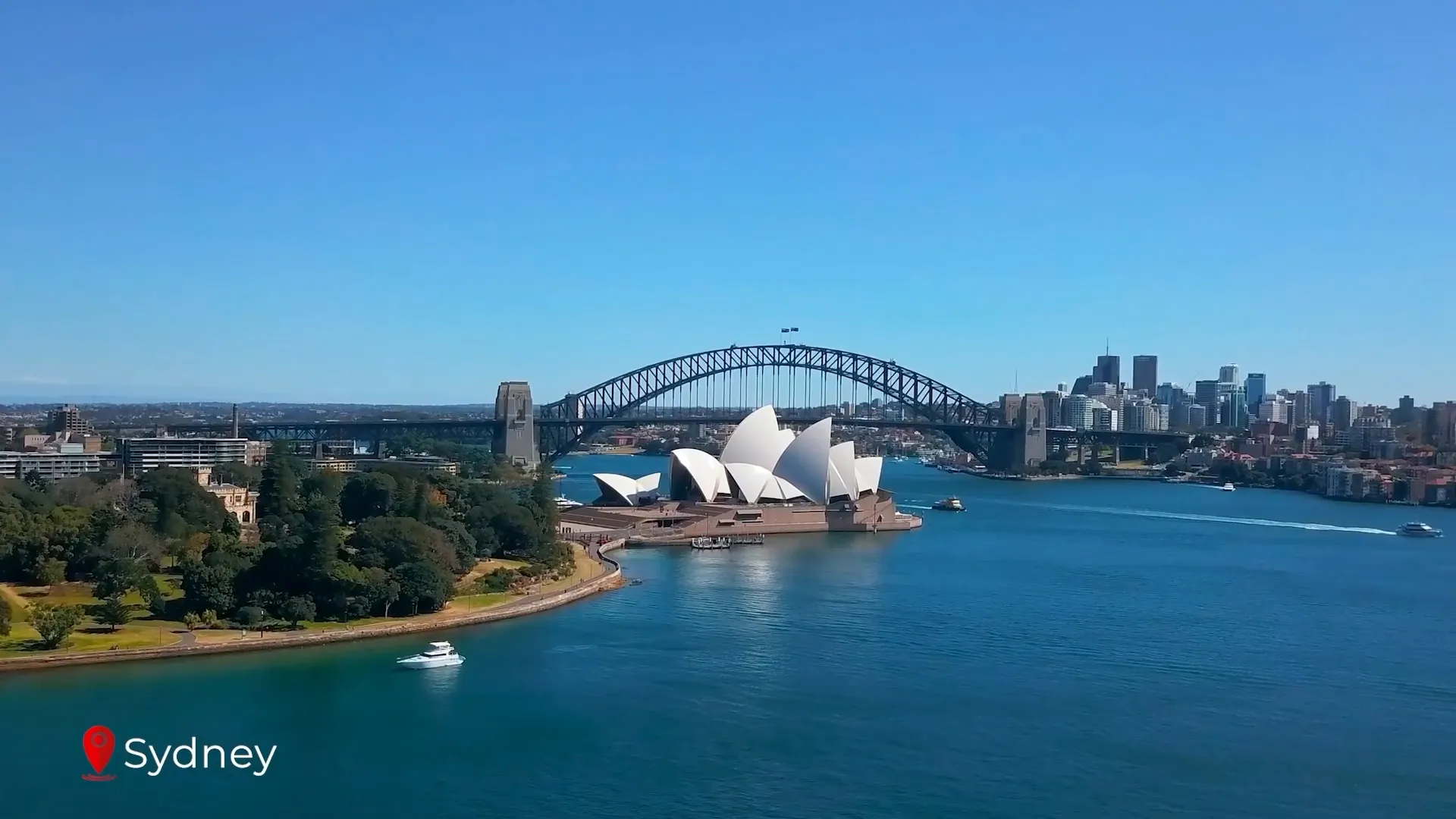
🌊 Great Barrier Reef — An Underwater Paradise
- The essentials: Largest reef system on the planet: stretches over approximately 2,300 kilometers and is visible from space. Recognized as one of the Seven Natural Wonders due to its immense biodiversity. Marine diversity: more than 1,500 species of fish, sea turtles, rays, and reef sharks; coral gardens with around 400 species of coral.
- How to experience it: Scuba diving: the most immersive way to experience the reef; many operators from Cairns and Port Douglas offer day trips and live-aboard options. Snorkeling: suitable for non-divers; guided snorkeling is safe and educational. Glass-bottom boats and semi-submersibles: great for families or those who prefer to stay dry. Helicopter or seaplane tours: breathtaking aerial views showcasing the reef’s mosaic of blues and greens.
- Conservation and caution: Coral bleaching is an ongoing concern. Respect local guidelines and never touch or stand on coral. Choose operators certified for sustainable and reef-safe practices—look for eco-certifications. Use reef-safe sunscreen and avoid single-use plastics on trips. Follow instructions from guides regarding wildlife interactions, particularly with sea turtles and rays.
- Practical tips: Best time: winter to spring (June–November) for clearer water and less stinger risk in the north (though stinger season varies; confirm locally). Where to base yourself: Cairns for access to northern reef sites; Port Douglas for a more relaxed gateway; the Whitsundays for idyllic islands and sailing.
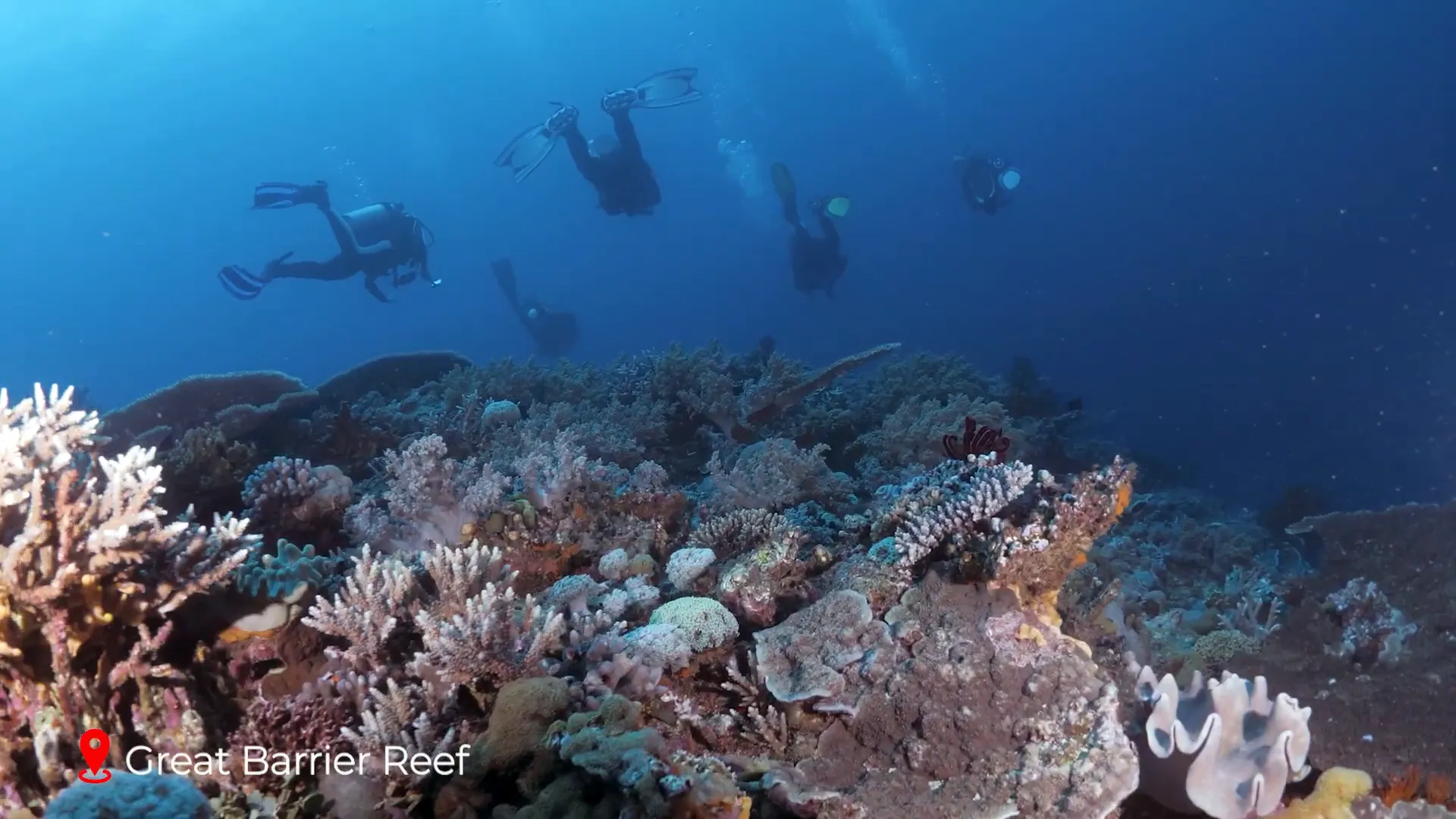
🪨 Uluru (Ayers Rock) — A Sacred Monolith in the Red Centre
- What to know: Location: Uluru-Kata Tjuta National Park, in Australia’s red centre. Dimensions: rises more than 350 meters from the desert plain and has a circumference of around nine kilometers. Cultural significance: Uluru is a sacred site to the Anangu people with cultural narratives spanning more than 10,000 years. Color changes: the rock shifts from deep red to orange and purple during sunrise and sunset—one of the most famous natural spectacles in Australia.
- Visitor etiquette: Respect the wishes of traditional owners: climbing Uluru was officially closed in 2019—today, visitors are encouraged to experience the site through guided cultural walks and statements from Anangu. Take guided tours or ranger-led walks to learn about Tjukurpa (Anangu law and creation stories) and ancient rock art.
- Practical tips: Best time: shoulder seasons (spring and autumn) to avoid extreme heat. Night sky viewing is spectacular with minimal light pollution. Getting there: fly to Ayers Rock (Connellan) Airport or drive from Alice Springs (long drive across remote roads—prepare accordingly). Packing: water, sun protection, sturdy shoes, and respect for cultural protocols.
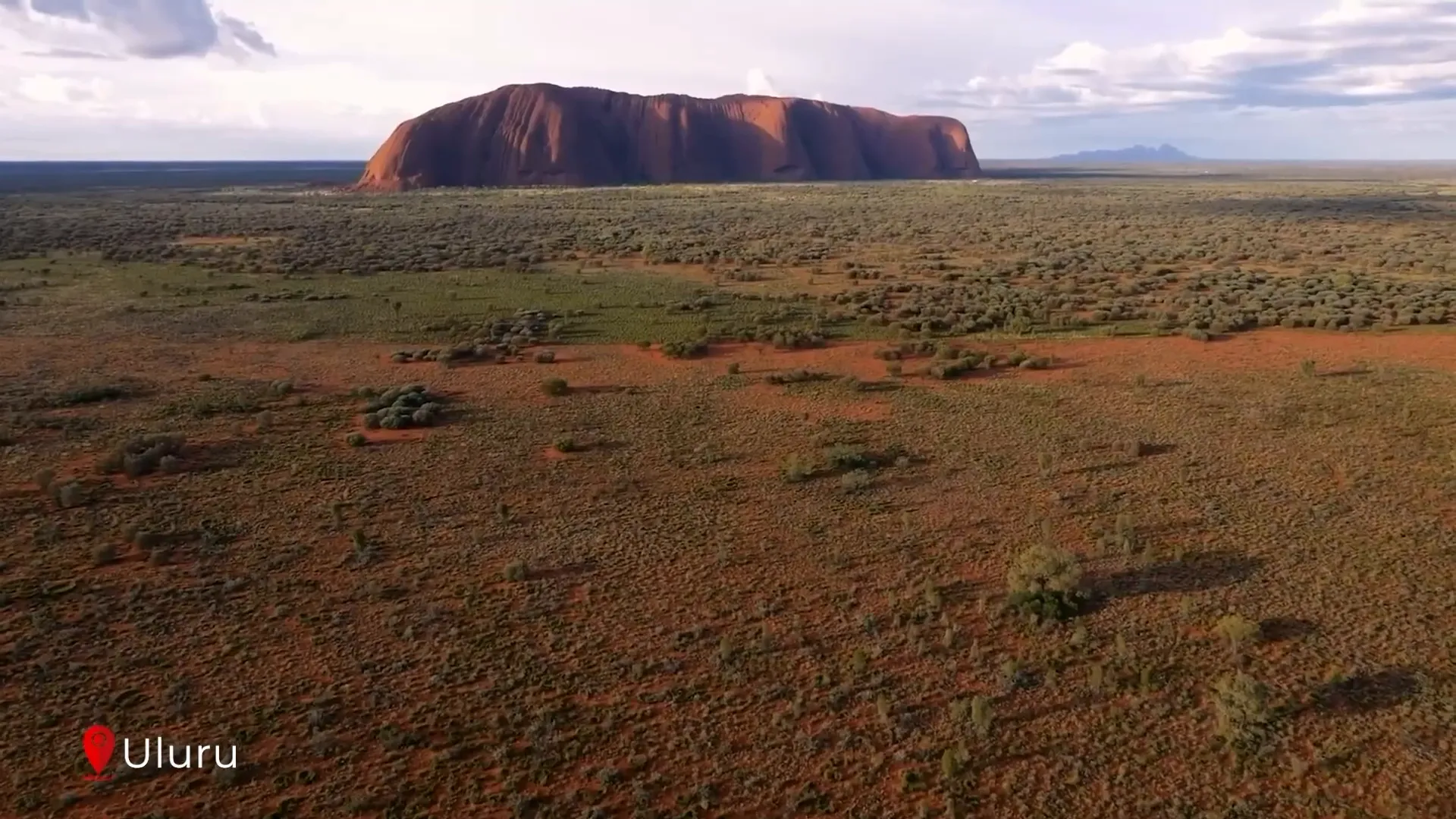
🎨 Melbourne — Culture, Coffee, and Creativity
- The vibe: Australia’s cultural capital: famed for street art, laneways, and a thriving arts scene. Hozier Lane and other alleys: ever-changing urban canvas of graffiti and murals showcasing local artists. Coffee culture: Melbourne’s café scene is legendary—expect meticulous baristas and vibrant specialty coffee spots.
- Events and sport: Australian Open: one of the four Grand Slams (January), attracting global tennis fans. Formula 1 Grand Prix: held in Albert Park with a festival atmosphere around race weekend. AFL (Australian rules football): an integral part of local culture and a great event to join to experience Aussie fandom. Festivals: Melbourne International Comedy Festival, Moomba Festival, and many multicultural events year-round.
- Practical tips and extras: Best time: spring (Sep–Nov) and summer (Dec–Feb) for festivals; always pack for changeable weather—Melbourne can be “four seasons in a day.” Food: try the fusion and farm-to-table scenes in Fitzroy, Collingwood, and Southbank. Neighborhoods to explore: Fitzroy (boho), St Kilda (beachfront & Esplanade), Carlton (Italian precinct), and Southbank (riverside arts hub).
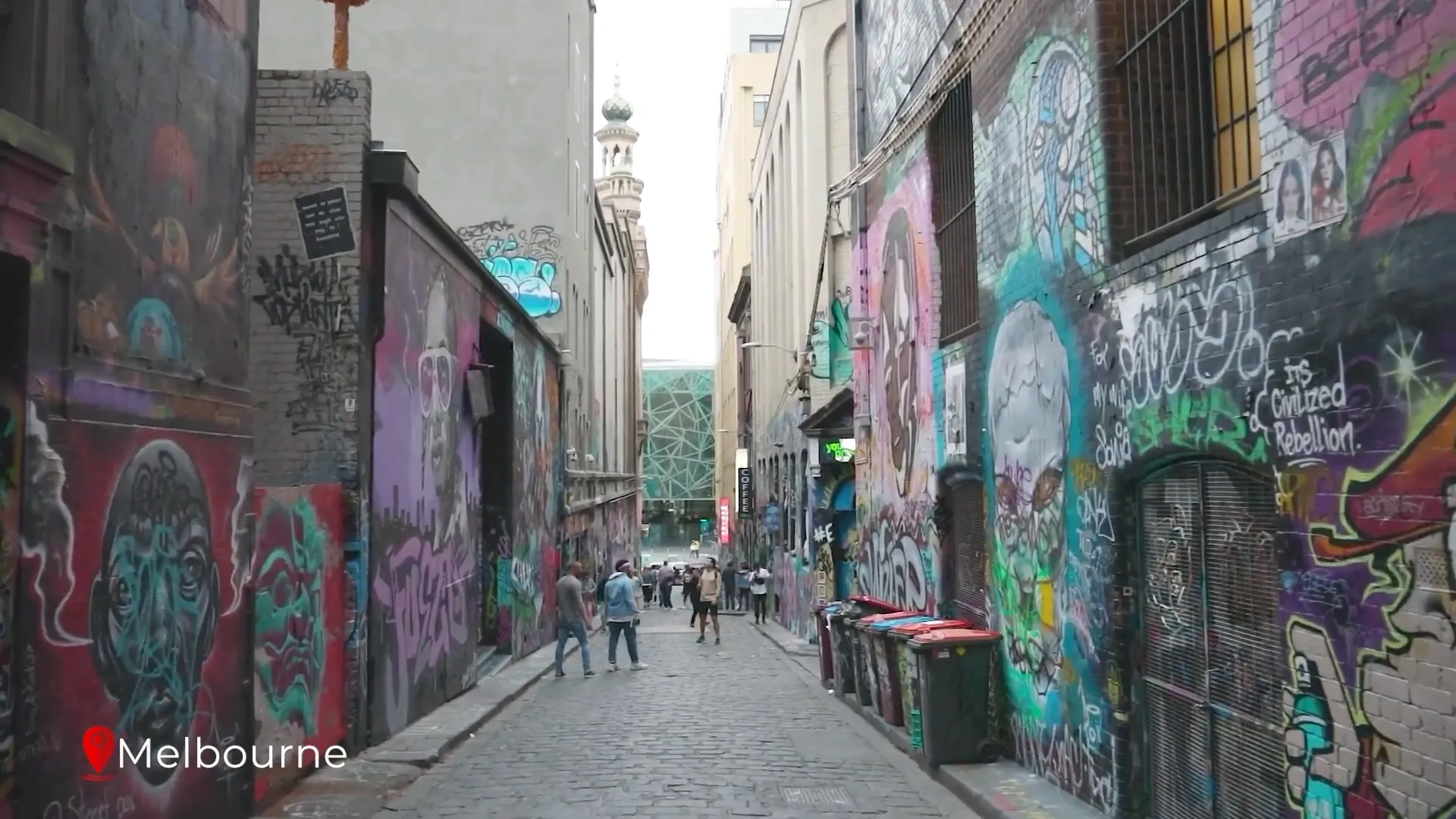
🌳 Daintree Rainforest — One of the Oldest Forests on Earth
- Why it’s special: Age: more than 180 million years old—this rainforest predates the dinosaurs of the modern era and holds ancient lineages of plant life. Biodiversity: endemic plants, towering trees over 50 meters, and rare fauna such as the Southern Cassowary. Where forest meets reef: the Daintree’s coastline borders the Coral Sea, creating an extraordinary ecological junction.
- Wildlife and safety: Cassowaries: large, flightless birds that are vital to the ecosystem as seed dispersers. Observe from a distance and never feed them. Saltwater crocodiles: present in rivers and estuaries—use only licensed guides for river cruises and heed warning signs at beaches. Insects: take insect repellent and loose long sleeves for evening walks.
- Practical tips: Base yourself in Port Douglas or Mossman for easy access; guided tours offer safe, informative rainforest river cruises. Best time: the dry season (May–October) for easier access, fewer mosquitoes, and clearer skies. Respect private land and Indigenous-managed sites; many tours are run in partnership with First Nations groups—consider choosing them to support local communities.
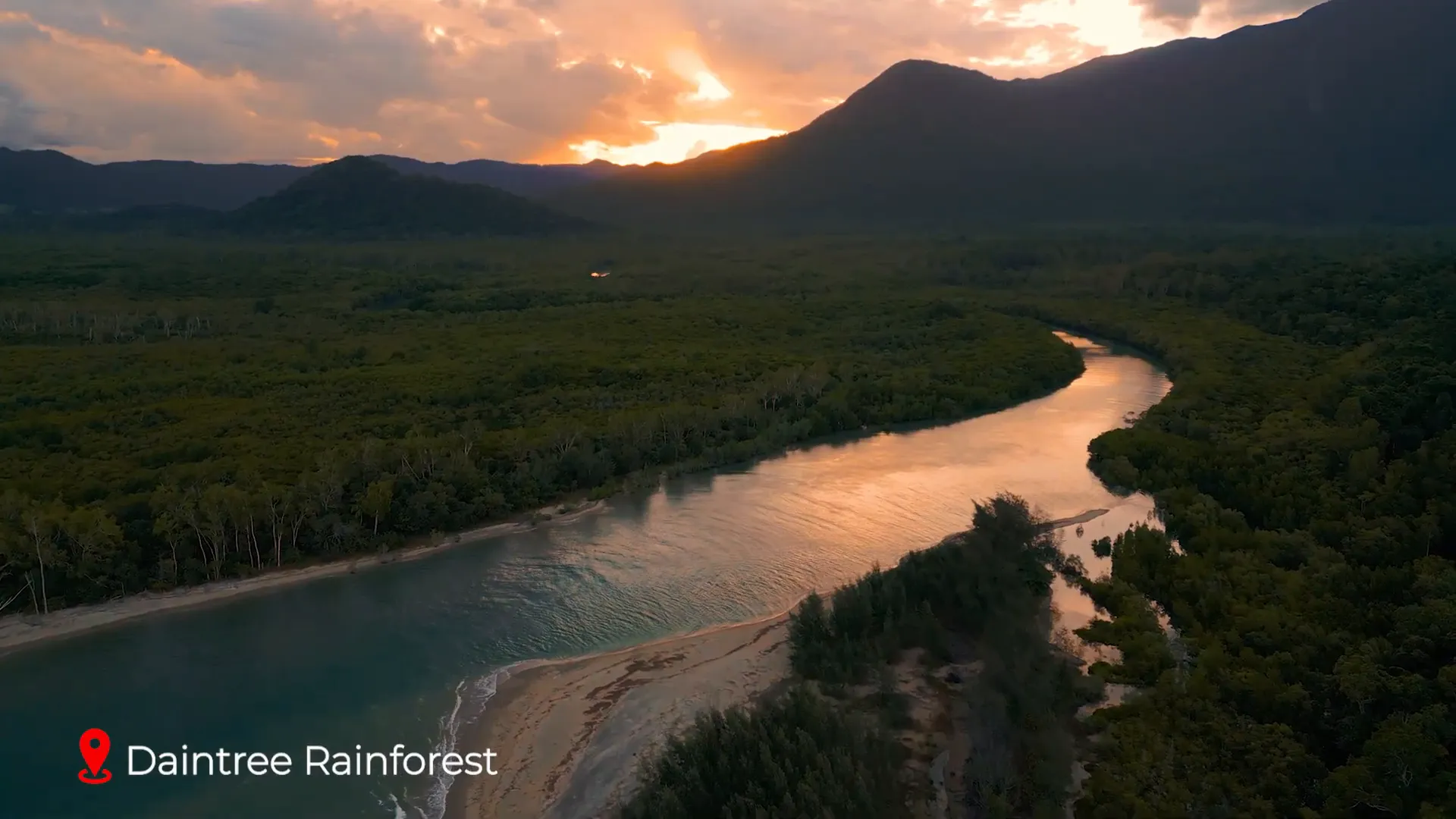
🚗 Great Ocean Road — Scenic Drive & The Twelve Apostles
- Overview: Length: approximately 240 kilometers along Victoria’s southern coast. Origins: built after World War I by returning veterans; sections function as a living memorial. Scenery: dramatic cliffs, hidden beaches, coastal walks, and seaside towns.
- Highlights: Twelve Apostles: dramatic limestone stacks rising as high as 60 meters; erosion has reduced the number to eight visible pillars at times—nature is always reshaping the coastline. Loch Ard Gorge and London Arch: have compelling geological stories and shipwreck histories. Coastal towns: Lorne and Apollo Bay for seaside cafes, local hospitality, and walking trails.
- Practical tips: Plan a minimum of 2 days if you want to stop and explore; drive carefully—coastal roads have narrow stretches and winding curves. Combine this drive with wildlife watching—koalas in the trees and scenic lookouts for whale watching (seasonal). Bring layers: coastal weather changes quickly and can be cool and windy even on clear days.
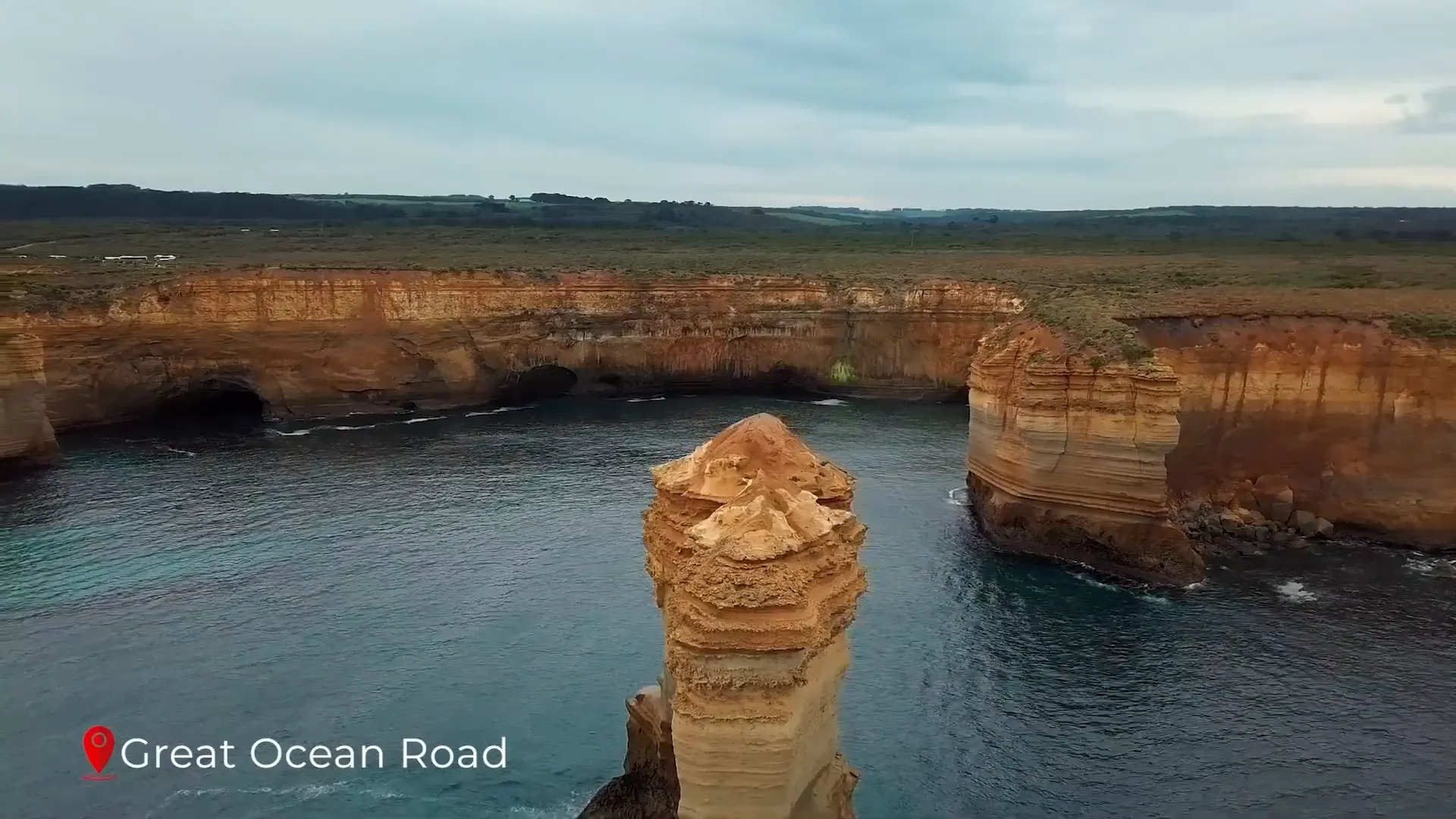
🌌 Outback & Coober Pedy — Underground Living and Opal Hunting
- The outback vibe: Vast arid landscapes, incredible night skies, and a sense of remoteness that is almost otherworldly. Coober Pedy: known as the “Opal Capital of the World” and famous for underground homes called “dugouts” built to escape summer heat.
- Coober Pedy specifics: Climate: summer temperatures can exceed 40°C; underground living moderates temperatures naturally. Opal mining: a living industry—tourists can visit mines, try their luck in claim dumps, or purchase opals from local sellers (be savvy and informed before buying). Architecture: churches, homes, shops, and even hotels carved underground with surprisingly stylish interiors.
- Practical tips: Prepare for limited services: fuel, groceries, and ATMs can be spaced far apart—plan ahead. Respect mining property and ghost towns—some areas may be dangerous or privately owned. Outback driving: carry extra water, spare tires, a satellite or PLB device for emergencies, and inform others of your route.
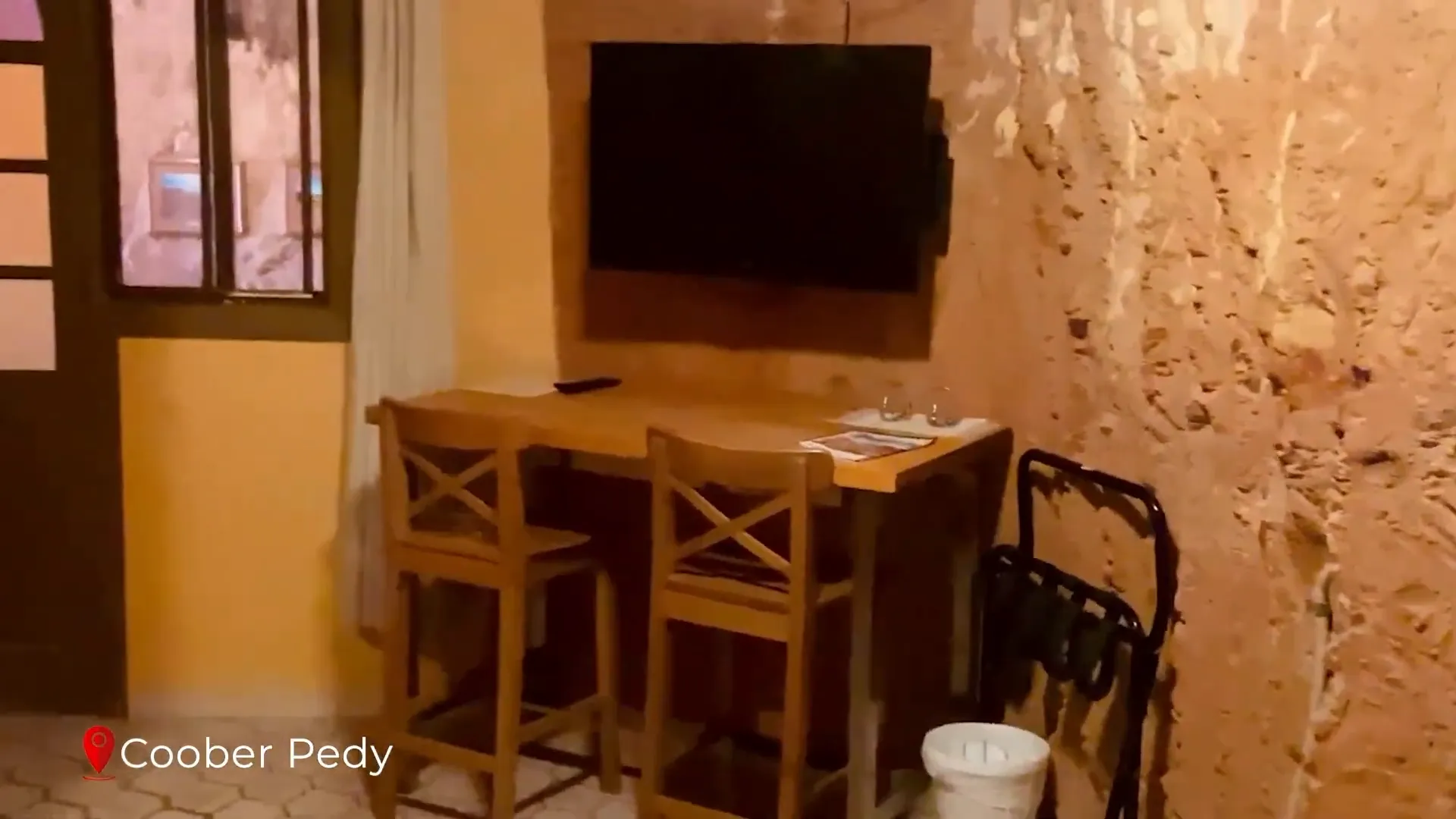
☀️ Perth & Rottnest Island — Sunshine, Beaches, and Quokkas
- Perth highlights: Western Australia’s sunniest big city: around 300+ days of sunshine per year. Cottesloe Beach: iconic for crystal waters and spectacular sunsets. King’s Park: panoramic city views, walking trails, and botanical displays.
- Rottnest Island (Rottnest / "Rottnest"): Quokkas: small marsupials often called the “world’s happiest animal” thanks to their cheeky expressions—popular for selfies but remember strict wildlife interaction rules. Island activities: cycling around the island, snorkeling, diving, and visiting secluded coves. The island has more than 60 beaches and 20 sheltered bays. Getting there: ferries from Fremantle, Perth, and other ports—advance booking recommended in high season.
- Practical tips: Best time: summer (Dec–Feb) for beaches; autumn and spring are pleasant and less crowded. Quokka etiquette: do not touch or feed wildlife. Keep a respectful distance and follow park rules—interactions are regulated to protect the animals. Carrying cash: some island vendors accept cards, but occasional small vendors may prefer cash.
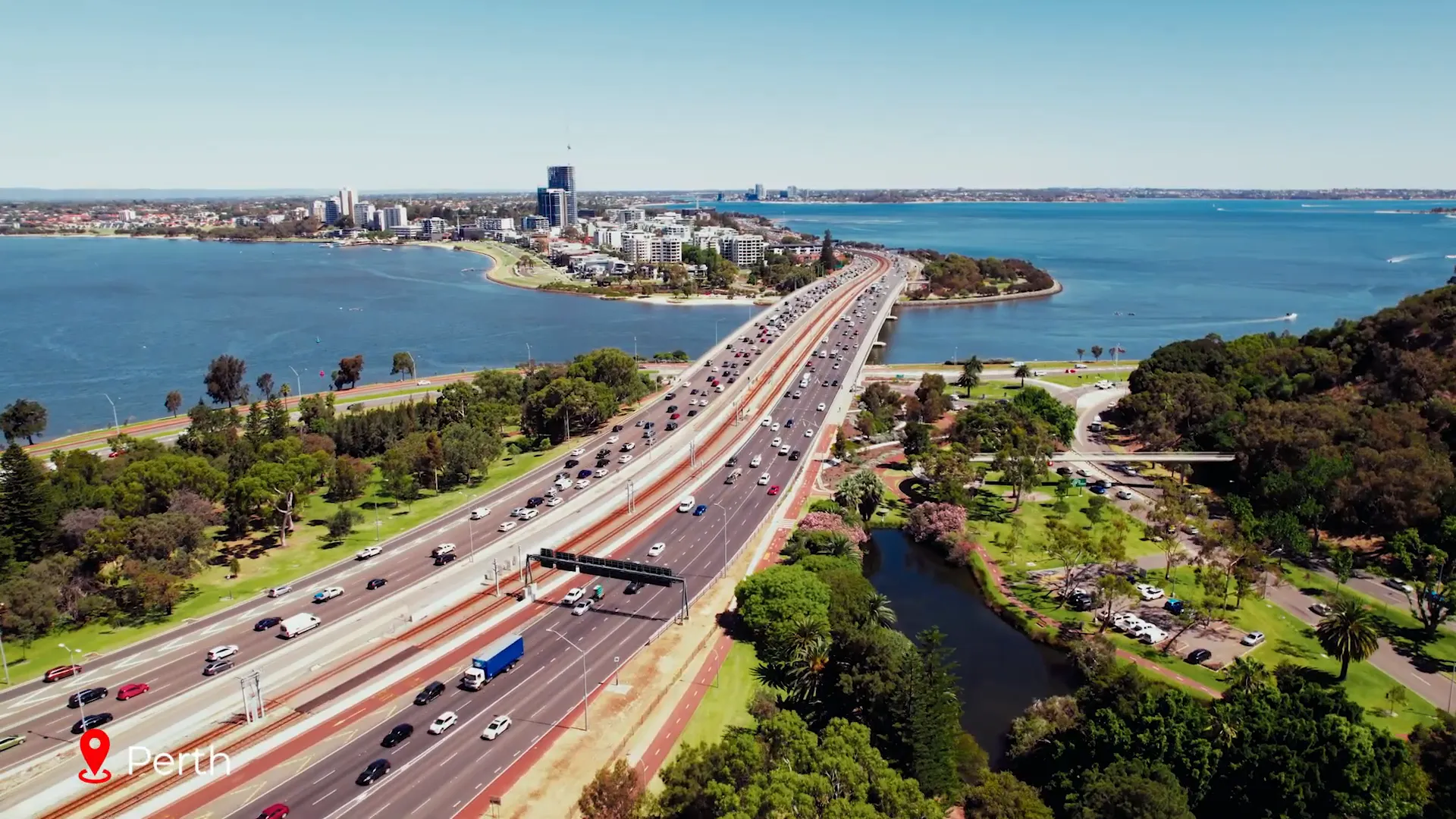
🖼️ Tasmania & MONA — Wild Landscapes and Provocative Art
- Tasmania in a snapshot: An island of striking contrasts: rugged mountains, temperate rainforests, pristine beaches, and a thriving food-and-wine scene. Nearly half the island is protected by national parks and reserves—ideal for eco-tourism and wilderness walks.
- MONA (Museum of Old and New Art): Opened in 2011, MONA is famous for its provocative curation—combining ancient artifacts with cutting-edge contemporary art to challenge visitors. Location: on the River Derwent near Hobart with memorable underground spaces and a distinct visitor experience.
- Natural highlights: Cradle Mountain-Lake St Clair National Park: dramatic alpine scenery and well-maintained walking trails. Bay of Fires: white beaches and orange-tinged granite rocks—great for coastal walks and photography. Wildlife: Tasmanian devils, endemic birds, and unique flora—viewing opportunities often require quiet observation and ranger guidance.
- Practical tips: Short stays: Hobart + MONA + Mount Wellington make a great 2–3 day trip; for wilderness exploration, allow 4–7 days. Packing: cooler climate than mainland; layers, rainproof gear, and sturdy hiking boots recommended.
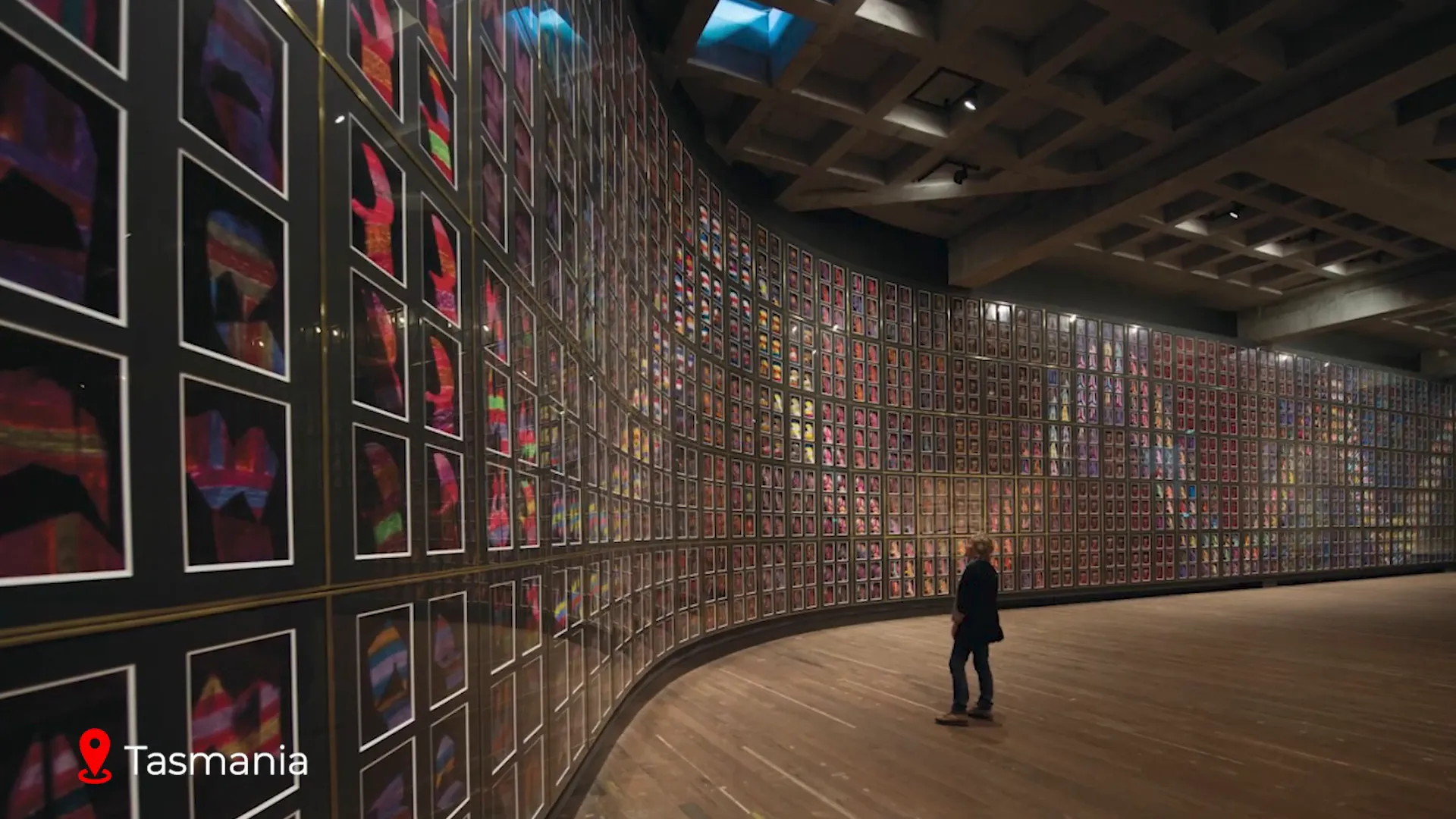
🖤 Kakadu National Park — Ancient Rock Art & Biodiversity
- Why visit: Kakadu covers nearly 20,000 square kilometers of diverse terrain and is rich in Aboriginal heritage. Rock art: ancient murals (some over 20,000 years old) at sites like Ubirr and Nourlangie, illustrating Dreamtime stories and hunting scenes. Biodiversity: over 2,000 plant species, hundreds of bird species, wetlands, and large populations of saltwater crocodiles.
- Experiences: Jim Jim Falls and Twin Falls: spectacular seasonal waterfalls that form natural swimming pools (access varies by season and road conditions). River cruises: safe, guided options exist to see crocodiles in natural habitats—do not attempt close approaches on your own. Cultural tours: led by Indigenous rangers and guides who provide context to the rock art and the living culture of local communities.
- Practical tips: Best time: dry season (May–October) for accessibility and cooler conditions. Wet season transforms the landscape but some roads become impassable. Permits and fees: there are park fees and guidelines—check Parks Australia and local ranger offices for up-to-date regulations. Safety: crocodiles are common—always follow posted signs and staff instructions.

🌆 Brisbane & South Bank — Culture, River Life, and Relaxation
- Overview: Brisbane is a sunny, relaxed capital with a growing cultural scene and a family-friendly riverside lifestyle. South Bank Parklands: lush gardens, boardwalks, a white sand man-made beach and lagoon, cultural venues like the Queensland Performing Arts Centre and the Gallery of Modern Art (GOMA).
- What to do: Relax at the South Bank lagoon, join a riverside picnic, or explore the weekend markets and food stalls. Visit GOMA for contemporary exhibitions and local Indigenous art showcases. Ride the Wheel of Brisbane for panoramic city views—sunset rides are especially photogenic.
- Practical tips: Best time: autumn to spring for milder weather. Summer can be hot and humid with afternoon storms. Transport: citywide buses, trains, and ferries make it easy to explore; the CityCat ferry is a scenic way to see the river.
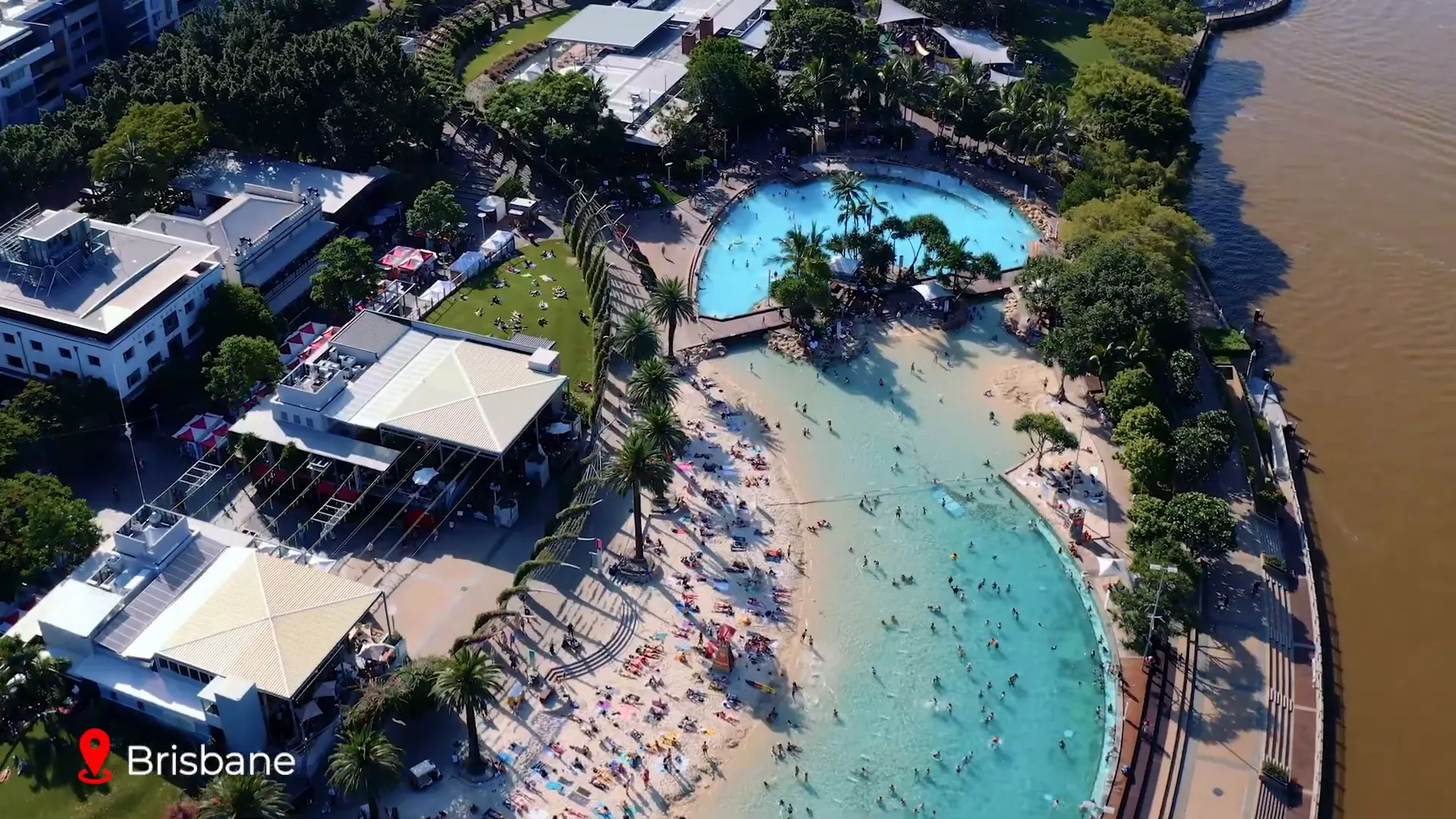
🏖️ Gold Coast — Beaches, Surf, and Theme Park Fun
- Essentials: Known for: long sandy beaches, great surf, and lively beachfront precincts—Surfers Paradise is the most famous stretch. Theme parks: Dreamworld (largest theme park in Australia), Sea World, Warner Bros. Movie World, and Wet’n’Wild—ideal for families and thrill-seekers. Nature escapes: Lamington National Park offers rainforest walks and waterfalls for a break from beach action.
- Practical tips: Best time: spring and autumn for milder temperatures and fewer crowds; summer brings beach life and festivals. Tickets: buy theme park combo-tickets in advance to save money and skip lines during high season. Local etiquette: beaches are patrolled by surf lifesavers—always obey the flags and lifeguards.

🦘 Kangaroo Island — Wildlife and Untouched Landscapes
- Highlights: Wildlife viewing: one of the best places to see koalas, kangaroos, and seals in the wild, often within Flinders Chase National Park. Seal Bay Conservation Park: boardwalks to view Australian sea lions in their natural habitat—guided tours increase both safety and learning. Remarkable Rocks and Admirals Arch: dramatic coastal rock formations perfect for photography and sunset watching.
- Practical tips: Getting there: ferries run from Cape Jervis (South Australia); booking in high season is recommended. Stay: mix of eco-lodges, B&Bs, and camping—book ahead, particularly for weekends and holiday periods. Conservation: areas on Kangaroo Island have been recovering from past fires—support local conservation initiatives where possible.
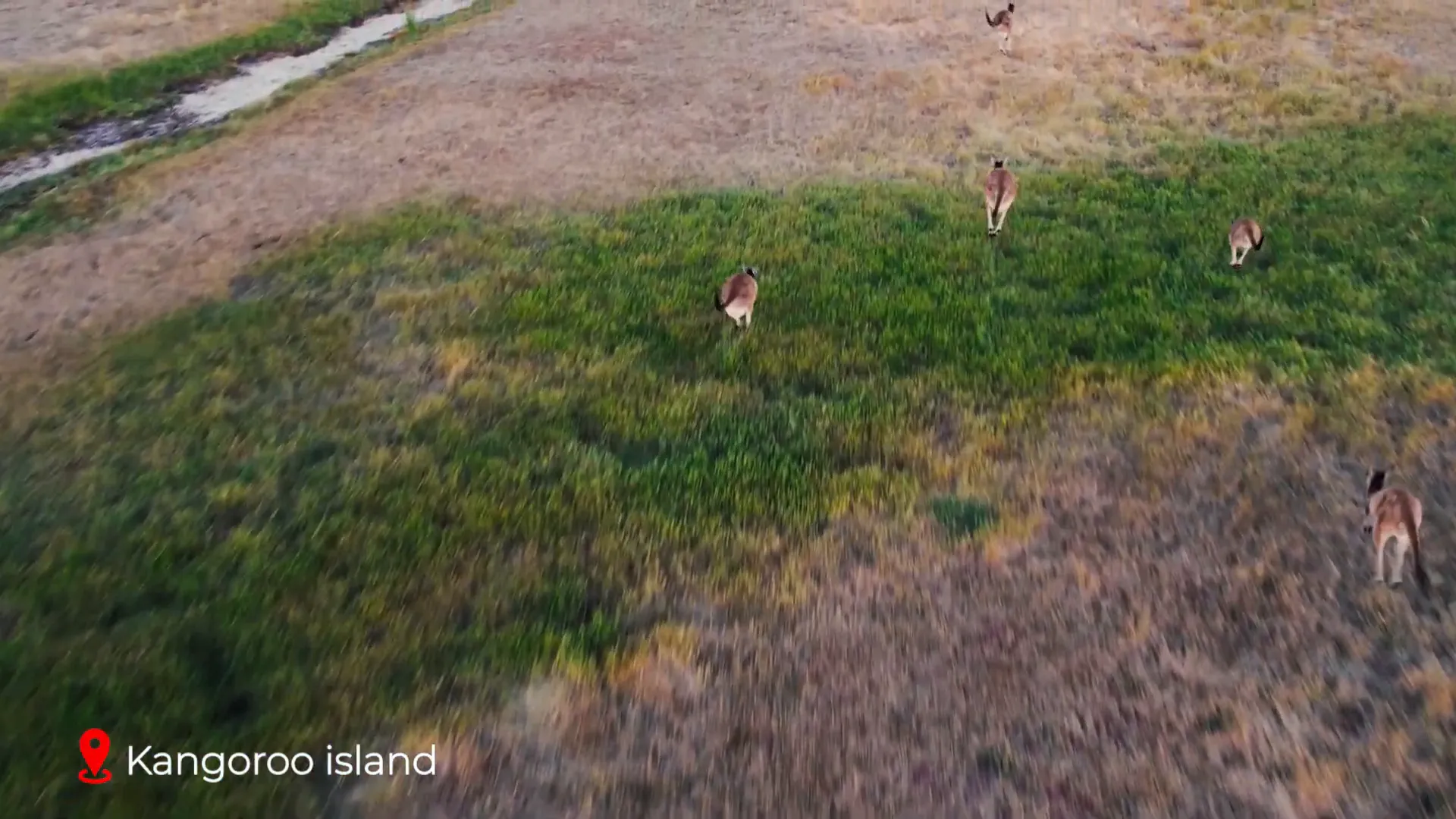
🏛️ Canberra — Australia’s Planned Capital
- What to see: Parliament House: modern architecture, public galleries, and guided tours that give insight into Australia’s legislative process. Australian War Memorial: a moving museum and memorial that honors the nation’s service members through interactive exhibits and commemorative displays. National Gallery of Australia: houses the world’s largest collection of Aboriginal art alongside international works—rich cultural context and symbolism.
- Practical tips: Time needed: 1–2 days to explore the main institutions and nearby Lake Burley Griffin. Best time: spring for festivals, including Floriade (seasonal flower festival) if visiting in September–October.
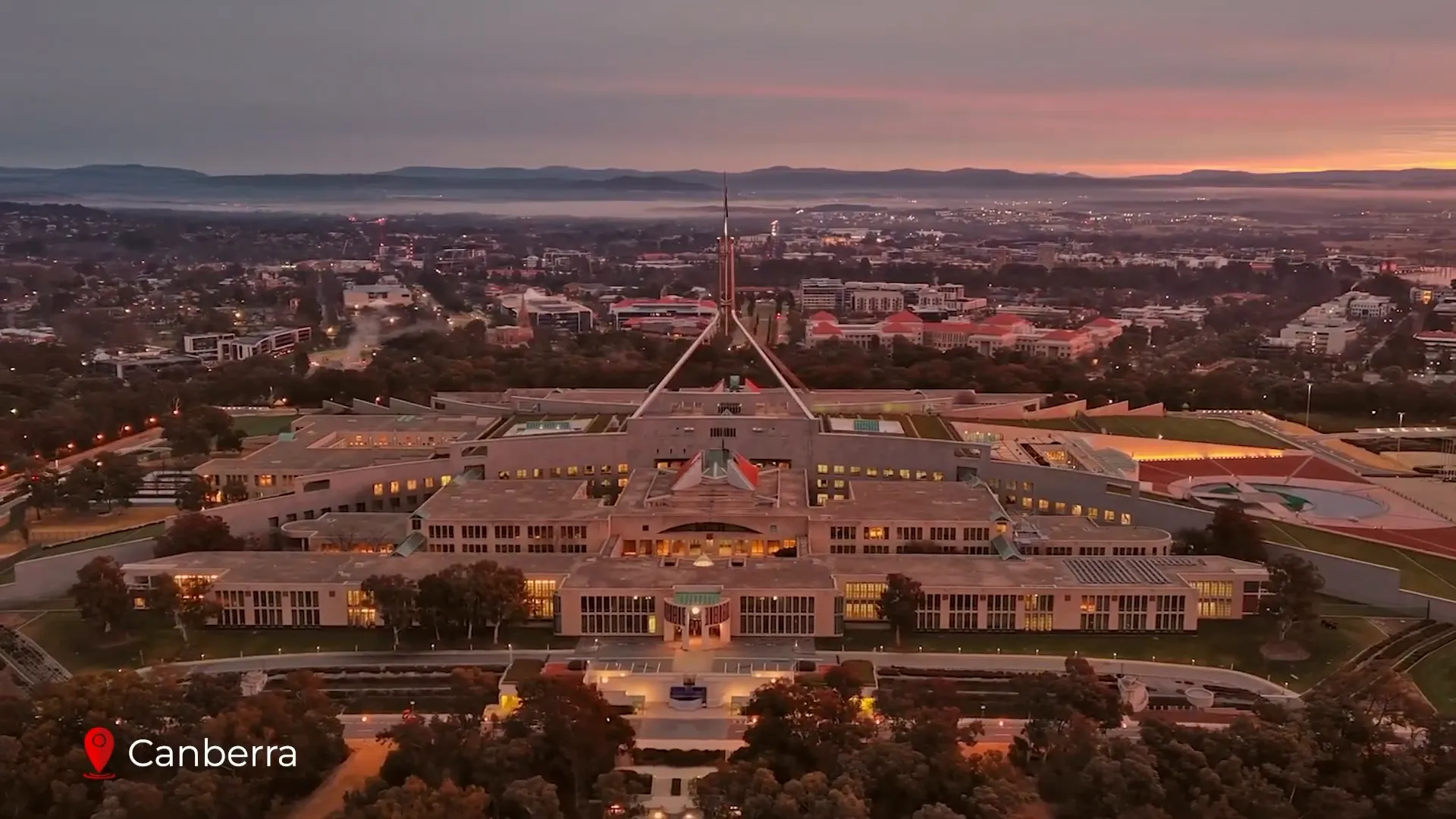
🍷 Margaret River — Wine, Waves, and Produce
- Region snapshot: Renowned wine region with more than 150 wineries producing world-class Cabernet Sauvignon, Chardonnay, and more. Also a surfing destination with powerful breaks like Surfers Point that draw experienced surfers year-round. Culinary highlights: artisan cheeses, truffles, fresh seafood, and restaurants that emphasize local produce and creative pairings.
- Practical tips: Tastings: many wineries require bookings for tastings and cellar-door experiences—arrange transport or a guided tour if you plan to sample several wines. Combine: make time for coastal walks, cave visits, and joining local food tours to get the full regional flavor.
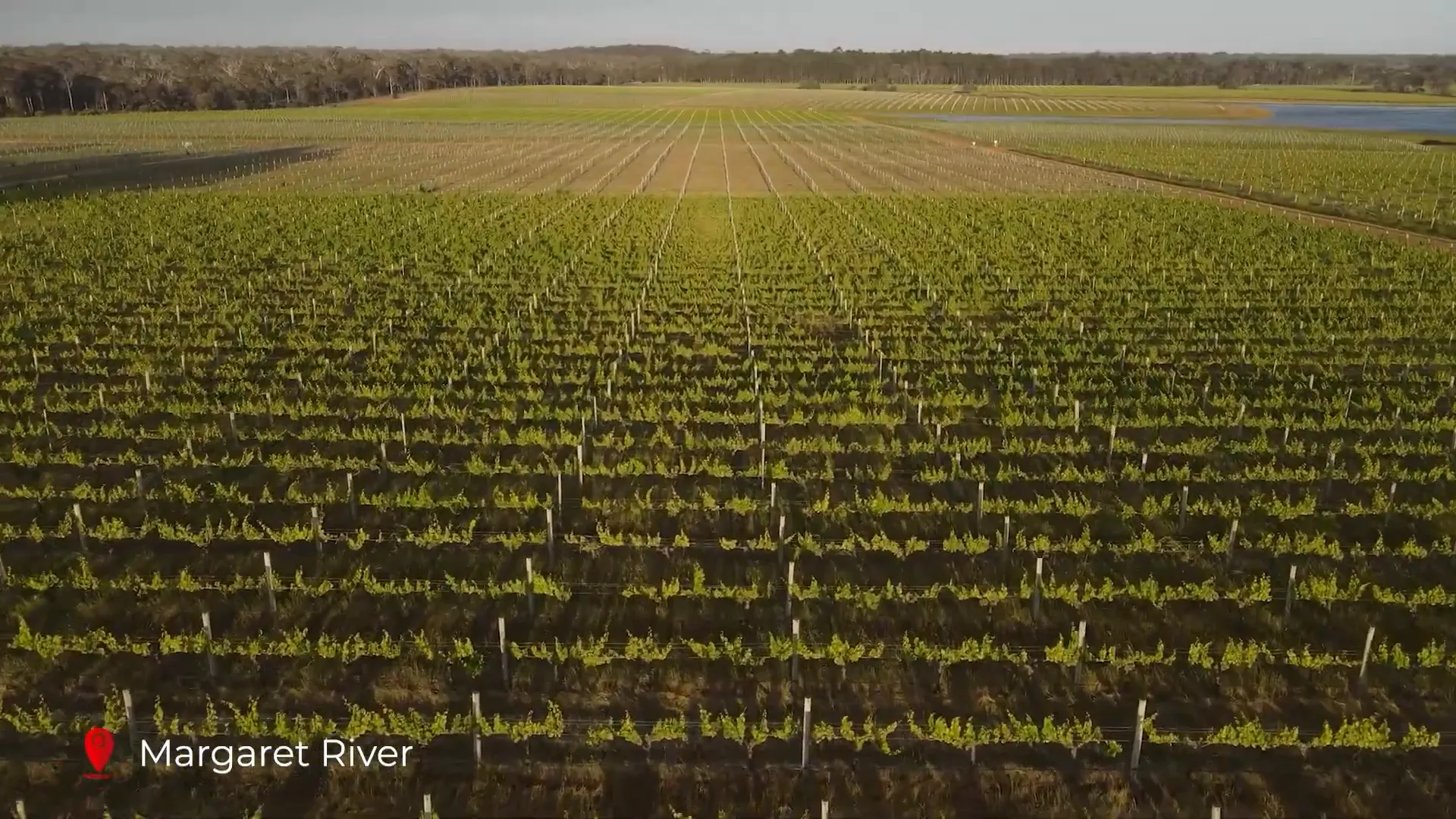
🌅 Darwin & The Top End — Tropical Flavors and Markets
- The atmosphere: Darwin is a tropical capital with a multicultural vibe blending Aboriginal, Asian, and Western influences. Mindil Beach Sunset Markets: a beloved local ritual of food stalls, crafts, and sunsets—perfect for sampling global bites with a tropical backdrop. Gateway to Kakadu and Litchfield National Parks for waterfall swimming, cultural sites, and rugged natural beauty.
- Practical tips: Best time to visit: dry season (May–October) for comfortable temperatures and accessibility. Wet season: dramatic monsoon rains and lush transformed landscapes, but some roads and attractions may be closed.
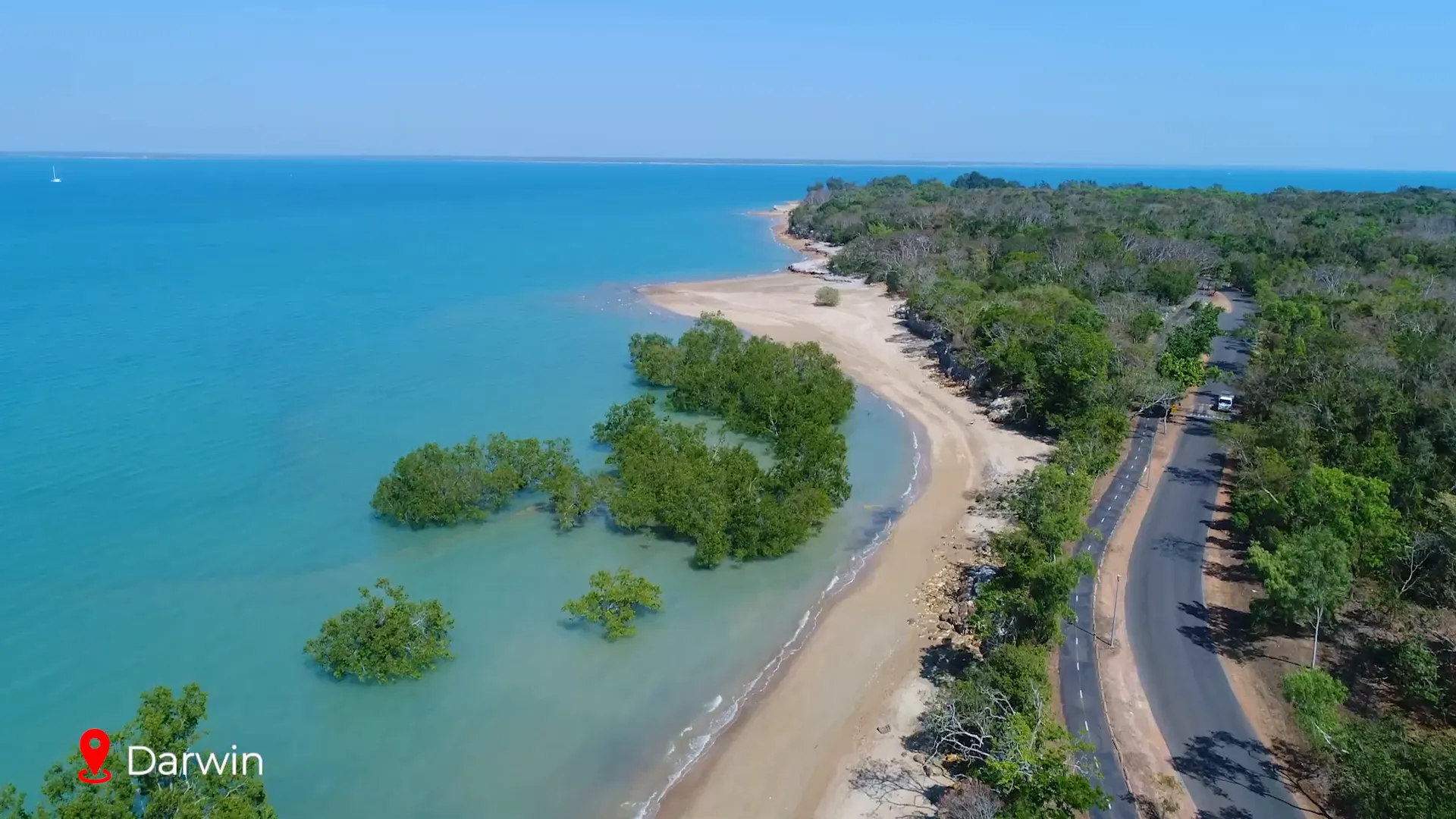
📸 Putting It All Together — Sample 2-Week Australia Itinerary
- A compact route to taste the continent: Day 1–3: Sydney — Opera House, Harbour Bridge climb, Bondi walk, food markets. Day 4–6: Cairns/Port Douglas — Great Barrier Reef snorkeling/diving day trip, Daintree half-day tour. Day 7–8: Fly to Uluru — sunset/sunrise viewing, cultural walks with Anangu guides. Day 9–10: Melbourne — laneways, coffee culture, and evening arts events. Day 11–12: Great Ocean Road drive — Twelve Apostles and coastal towns. Day 13–14: Adelaide/Kangaroo Island or Perth/Rottnest (depending on inbound flight options) — wildlife viewing, relax before departure.
- Adaptations: For more wildlife: allocate time for Kangaroo Island and Tasmanian wilderness. For more reef time: add days in the Whitsundays or full live-aboard diving excursions on the Great Barrier Reef. For a relaxed pace: spread the itinerary across 3–4 weeks to genuinely savor each region.
- Travel tips: Domestic flights in Australia are frequent but distances are vast—booking in advance saves money. Consider multi-city flights or regional hops to maximize sightseeing time, and factor in travel recovery from time zone changes if coming from North America or Europe.
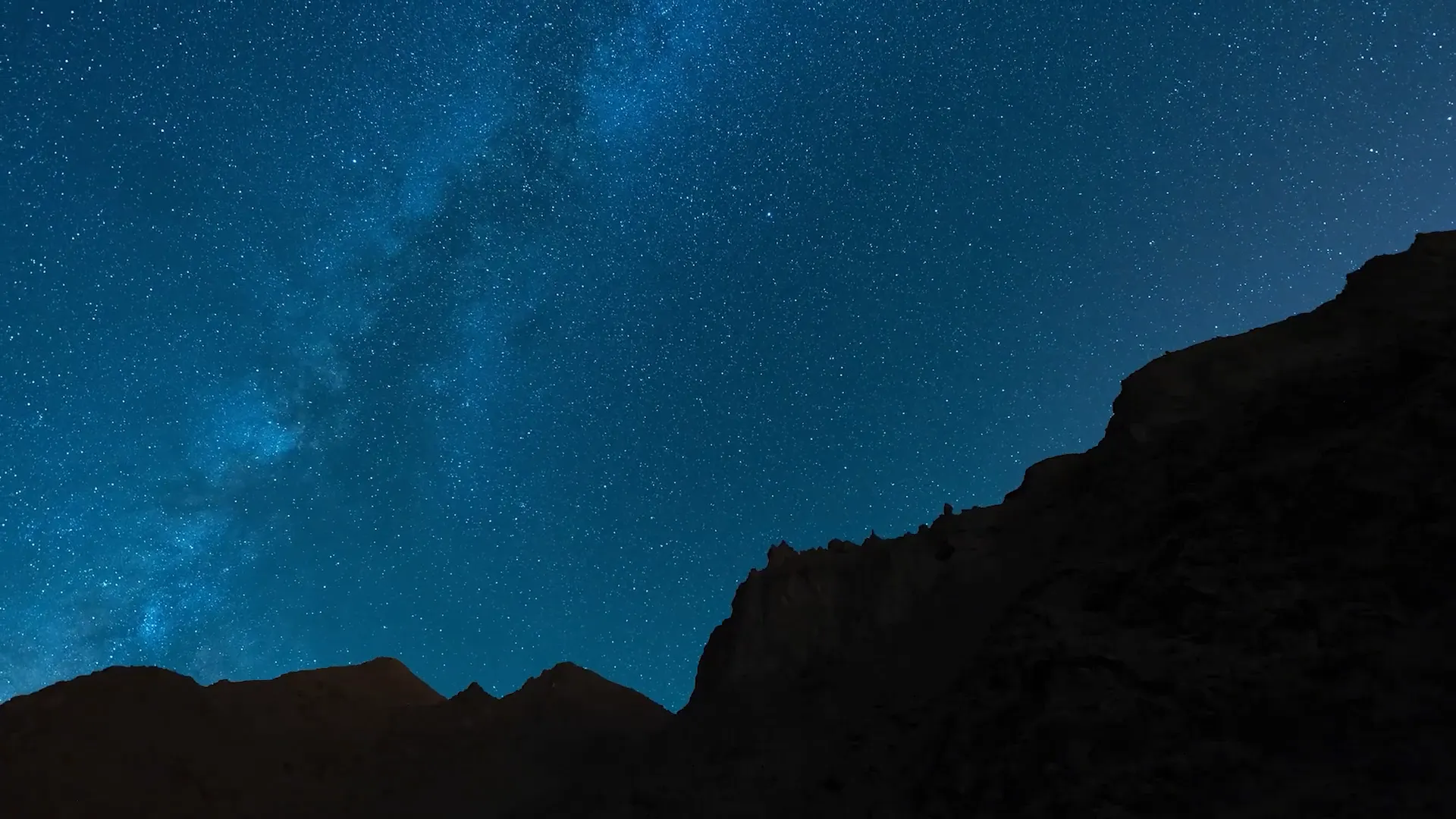
🧭 Practical Planning Guide — Visas, Driving, Safety, and Money
- Entry & visas: Most international visitors require a visa or electronic travel authority (ETA). Check Australia’s Department of Home Affairs for current visa types and processing times. Passport validity: ensure at least six months validity from your intended return date; requirements can vary by country.
- Driving & distances: Drive on the left-hand side—give yourself time to acclimate if you normally drive on the right. Distances can be huge—plan fuel stops carefully, especially in remote regions like the Red Centre or the west coast. Driving tips: watch for wildlife on rural roads (particularly dusk and dawn), and obey speed limits and road signage.
- Money & communication: Currency: Australian Dollar (AUD). Credit cards are widely accepted; small towns or markets may prefer cash. Connectivity: urban areas have excellent mobile coverage; remote outback areas may be without signal—consider a satellite or emergency locator for remote travel.
- Safety & health: Sun protection: high UV—use broad-spectrum sunscreen (reef-safe options when visiting marine parks), wear hats and sunglasses. Wildlife: keep a respectful distance from wildlife—never feed native animals; follow guide instructions for crocodiles, snakes, jellyfish, sharks, and cassowaries. Emergency services: triple zero (000) is the Australian emergency number for ambulance, fire, and police.
🧳 What to Pack — Essentials for an Australian Adventure
- Core items: Lightweight layers — weather varies dramatically by region and season. Rain jacket or windbreaker — useful for coastal and mountain regions. Sturdy walking shoes and sandals for beaches and reefs. Sunscreen (reef-safe for marine visits), hat, sunglasses, and UV-protective clothing. Reusable water bottle — tap water is safe in most cities; stay hydrated in the outback.
- Specialty gear: Snorkeling mask & fins (or rent) for reef exploration. Binoculars for wildlife viewing and birdwatching in Kakadu, Kangaroo Island, and Daintree. Camera gear, extra batteries, and memory cards for landscapes and wildlife photography; tripod for low light and night skies. First aid kit and insect repellent—especially important in tropical and outback areas.
💬 Respectful Travel — Culture, Indigenous Heritage & Environment
- Indigenous culture: Australia has over 65,000 years of Aboriginal and Torres Strait Islander history—these cultures are living, not just historical artifacts. At Uluru, Kakadu, and other sites, follow cultural protocols: photography restrictions, closed areas, and requests from Traditional Owners must be honored. Choose tours led by Indigenous guides to gain meaningful cultural insights and support local communities.
- Environmental responsibility: Follow Leave No Trace principles: pack out what you pack in; minimize disturbance to flora and fauna. Be reef-safe: do not touch coral or feed fish; use sunscreen labeled “reef safe.” Support conservation: donate or volunteer with reputable local organizations where you can.
🛎️ Booking & Money-Saving Tips
- How to save: Book domestic flights and major tours well in advance, especially during peak tourist seasons (December–January and school holidays). Travel off-peak for lower accommodation prices and less crowded attractions (shoulder seasons often offer the best balance). Use regional passes or National Park passes where available for savings on multiple park entries.
- Accommodation: Options range from backpacker hostels and caravan parks to boutique lodges and luxury resorts—book based on your desired experience and proximity to attractions. Consider eco-lodges and community-run stays to contribute directly to local economies.
🧾 Local Customs & Useful Phrases
- Everyday tips: Australians are generally friendly, informal, and appreciate polite conversation—“G’day” and “thanks” go a long way. Tipping is not mandatory as service charges are less common; tipping for exceptional service is appreciated but not expected as in some other countries. Respect personal space and queue culture—Australians value fairness and order in public lines.
📚 Further Reading & Resources
- Official and helpful resources: Parks Australia — for national park regulations, permits, and seasonal advisories. Australian Department of Home Affairs — visa and entry information. Local tourism boards (e.g., Tourism Australia, state-level sites) — event calendars and seasonal recommendations. Reef protection groups — for updates on coral health and responsible tour operators.
❓ FAQ — Your Most Asked Questions About Visiting Australia
- Is Australia safe for tourists? Yes—Australia is generally very safe for tourists with modern healthcare, low crime in most areas, and robust emergency services. Exercise standard travel caution and heed local safety advice for wildlife and weather events.
- What is the best time of year to visit? It depends on where: southern cities (Sydney, Melbourne) are great in spring and autumn; the north (Darwin, Kakadu) is best in the dry season (May–October); the Great Barrier Reef is accessible year-round but check stinger seasons in tropical waters.
- Do I need a car? Urban travel: not necessary in cities with good public transport. For exploring regions like the Great Ocean Road, Margaret River, or the outback, a car (or a guided tour) is highly recommended.
- How much time should I allocate to see highlights? A quick hit: 10–14 days to hit major highlights across a couple of regions. A fuller experience: 3–4 weeks for a more relaxed, deeper exploration across multiple states.
- What about wildlife encounters—are they dangerous? Most encounters are safe when you follow local guidelines. Avoid feeding animals, keep distance, and follow ranger instructions—especially with crocodiles, cassowaries, and snakes.
- Can I swim with sharks or dive with big animals? There are controlled and guided experiences for seeing larger marine life—always choose reputable operators. Sharks are a natural part of the ecosystem; guided encounters have strict safety protocols.
- Are there cultural sensitivities I should be aware of? Yes—many sites are sacred or sensitive. Respect signage and Traditional Owner requests, especially at Uluru, Kakadu, and many rock art sites. Seek Indigenous-guided experiences to gain respectful and richer contexts.
- What vaccinations or health precautions are recommended? Routine vaccinations should be up to date. For tropical regions, inquire about mosquito-borne illness prevention; a travel health appointment prior to departure is advised for personalized recommendations.
🧭 Final Words — Why Australia Should Be on Your Bucket List
- A final reflection: Australia is a study in contrasts: metropolitan vibrancy and remote silence, ancient Indigenous cultures and modern innovation, spectacular coastline and stark interior deserts. It offers endless combinations—beach mornings, rainforest afternoons, wine country evenings, and outback nights under a sky like nowhere else on Earth. Travel responsibly, respect culture and country, and your Australian adventure will be unforgettable. If you’re planning a trip, use this guide as a planning blueprint, and consider booking a few trusted tours for knowledgeable local insights—especially for reef visits and Indigenous cultural experiences.
- Want more? Follow local tourism pages, sign up for park alerts where you plan to visit, and check seasonal events to tailor your experience. When you go, take time to slow down—Australia rewards travelers who stay curious and patient.






